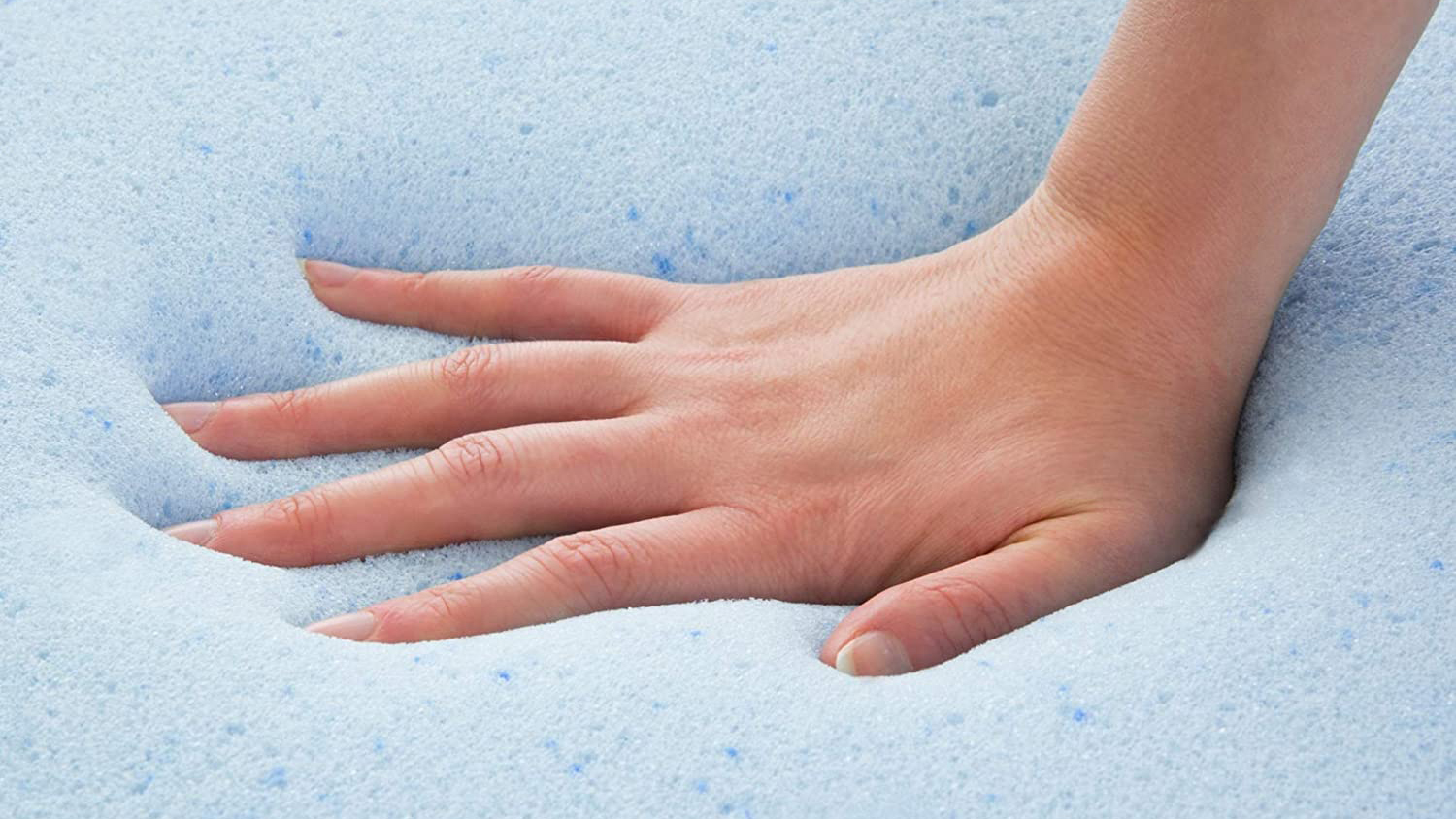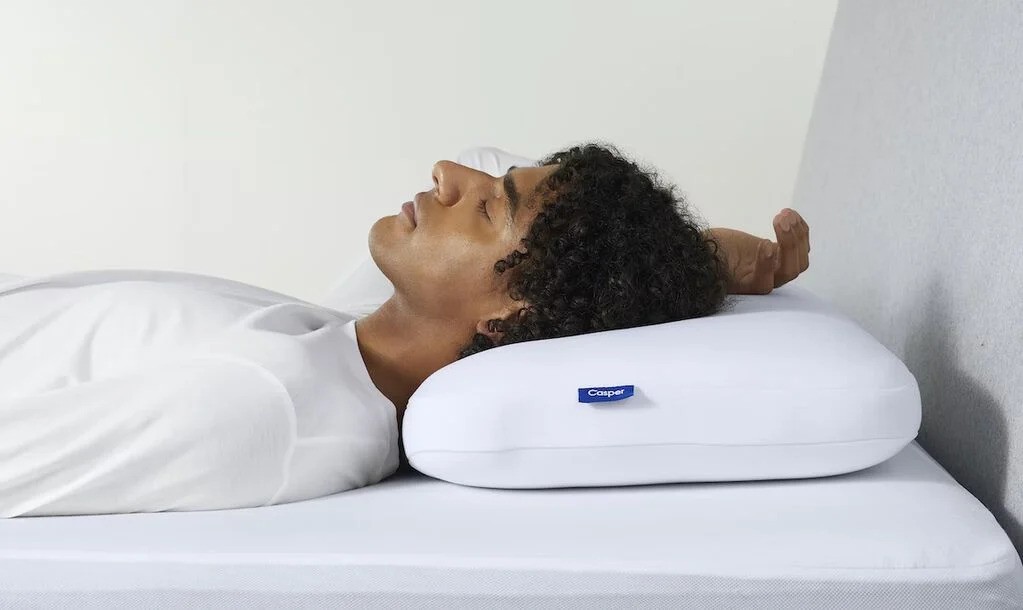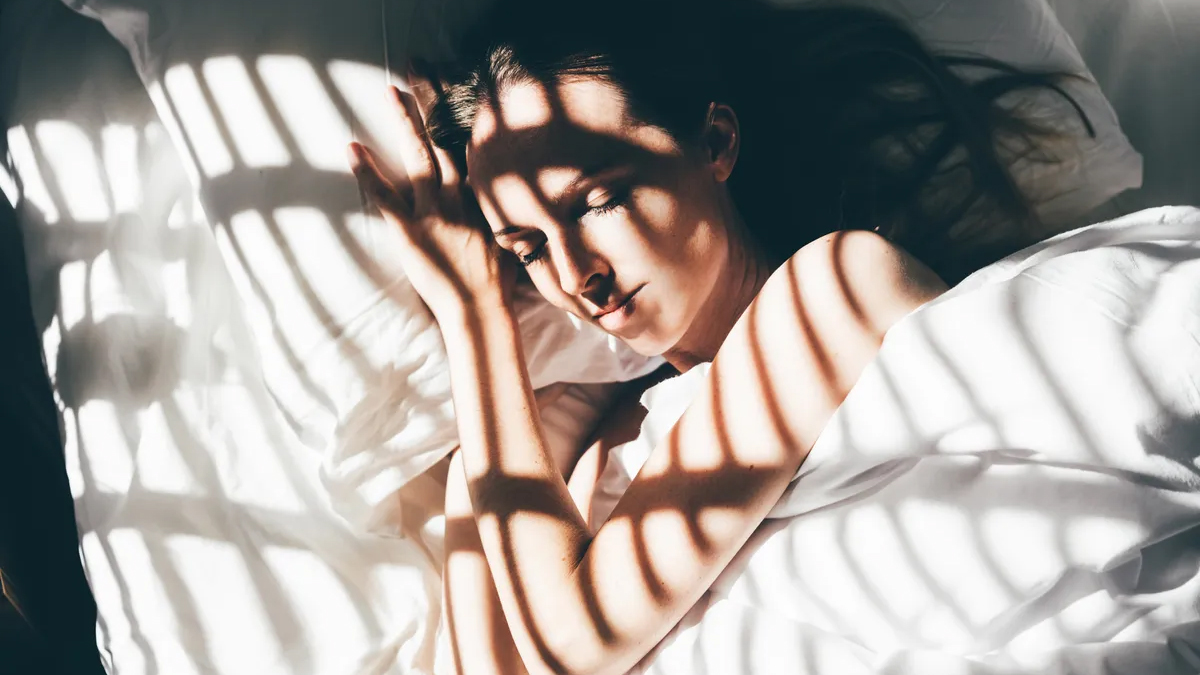How to make a memory foam mattress sleep cooler
Some memory foam mattresses are renowned for retaining heat — here’s how to fix that

Memory foam mattresses can offer unparalleled comfort and support, which is why we rate them among some of the best mattresses on the market. However, memory foam is a material that is prone to retaining a bit of heat. If you’ve recently bought a memory foam mattress, you might be looking at ways to make your memory foam mattress sleep cooler
Our sleep quality is directly impacted by temperature, as a bed that is too hot can make it difficult to fall and stay asleep. Even the best memory foam mattresses can retain a bit of heat, if you’re not careful. Thankfully, there are ways to help your memory foam mattress sleep cooler, including switching from a divan to a slatted bed base for additional breathability, and investing in a set of cooling bed sheets designed to help wick away moisture and regulate temperatures.
Here, we’ll outline five ways you can make your memory foam mattress sleep cooler. Some are simple hacks that can help lower the temperature without spending a cent, while others include the investment of specialist temperature regulating equipment, like a cooling mattress topper. The good news is that with the Presidents’ Day mattress sales around the corner, you’ll likely be able to buy one at the best possible price. Let’s get started.
Five ways to make a memory foam mattress sleep cooler
1. Invest in a cooling mattress topper
Investing in a cooling mattress topper provides a temperature regulating layer between you and your memory foam mattress, helping you to sleep cool all night long. The Viscosoft Active Cooling Mattress Topper is made with phase-change material and copper-infused foam, which is why it’s our top choice for hot sleepers.
2. Use a cooling pillow

A pillow that supports your sleep style as well as providing additional cooling comfort is a must-have for hot sleepers. The Casper Foam Pillow with Snow Technology is the pillow equivalent to a cold drink on a hot day — it provides instant cooling relief to help keep even the hottest of heads nice and cool. It’s pleasingly cool to the touch and phase-change material and graphite strips help dispel any lingering heat.
3. Sleep on a slatted bed frame
Some memory foam mattresses can retain more heat than a hybrid mattress, as they don’t have the natural ventilation that the layer of coils in a hybrid mattress provides. This issue is compounded when you pair your memory foam mattress with the wrong bed frame, which is a common mistake people make with memory foam mattresses. Although a platform bed base will support your memory foam mattress, it won’t provide the additional air circulation that a slatted bed base would.
When choosing a slatted bed base, ensure that the slats are 3.5 to 6 inches in thickness and are spaced no more than 2.75 inches apart. This will protect your memory foam mattress from damage, while promoting cooling ventilation to your sleep set-up.
Sign up to get the BEST of Tom's Guide direct to your inbox.
Get instant access to breaking news, the hottest reviews, great deals and helpful tips.
4. Sleep near a window
A popular Scandinavian sleep hack is to leave your bedroom window open for 15 minutes before bed, even during winter. This is to ensure that your sleep space is the best temperature for sleeping, which studies suggest is between 20 and 25 °C (68 and 77 F).
We don’t all have that lovely arctic air billowing through our bedroom window, though, so it might be better to move your bed to sit directly underneath a window (or AC unit, if the outside temperature is too high). This way, you’ll have the cooling benefit of the open window, which will help dissipate any heat retention in your memory foam mattress and keep you nice and cool.
5. Dress your bed in cooling sheets

Switching your bed sheets from heat-retaining fabrics like flannelette or brushed cotton will make a huge difference to the overall temperature of your memory foam mattress. Specialist cooling bedding will use moisture wicking technology to dissipate heat, while natural fibers like cotton and linen provide excellent breathability. Check out our best bedding sales page for any deals on cooling bedding.
How else can I cool down at night?
If you often wake up in a hot sweat, sleeping naked can help keep your core temperature nicely regulated. While pyjamas can trap heat, especially those made from warming fabric like flannelette or brushed cotton, sleeping naked can help prevent you from overheating.
Another tip is to take a hot bath before bed to help cool you down. It might sound counterintuitive but if your memory foam mattress is prone to retaining a bit of heat, having a hot bath or shower before bed could help. This is because when we get hot our blood vessels dilate (which is why our skin goes red) in order to help our bodies dissipate heat. The idea is that although our core temperature goes up during the hot bath or shower, our body temperature then drops lower. What’s more, this temperature drop mimics the one our bodies undergo in preparation for sleep, so a hot bath could help you drop off faster, too.
When to invest in a cooling mattress
If you’ve tried all of the above and you’re still waking up in a hot tangle of sheets, it could be time to invest in a specialist cooling mattress. While many of the best mattresses have some degree of cooling features, the best cooling mattresses will have cutting edge temperature regulating technology designed to help keep even the hottest of sleepers nicely cool.
The Brooklyn Bedding Aurora Luxe mattress is our top pick for hot sleepers, thanks to its blend of comfort and support as well as cooling GlacioTex technology. The Nectar Premier Copper mattress is another strong choice for those prone to overheating, due to its specialist cooling features. It’s also available as either a hybrid or a memory foam, so memory foam fans won’t need to sacrifice the sink-in support they love in the name of temperature regulation.

Nicola is the Sleep Editor at Tom’s Guide, where she helps steer the mattress and sleep content published on Tom’s Guide, including our Best Mattress for Back Pain buying guide. With a career in journalism spanning the best part of two decades, Nicola brings experience to the team and the knowledge of what makes a great article, whether that’s a how-to mattress cleaning feature, a deep dive into melatonin gummies, or an in-depth mattress review. As a sleep editor, few better understand how important a decent mattress is to the overall quality of our sleep, and precisely how our sleep impacts our physical and mental health. As well as tackling the vast topic of sleep, Nicola joins the raft of expert mattress specialists at Tom’s Guide, who test and compare a wide range of mattresses in order to guide readers towards the very best options on the market.
